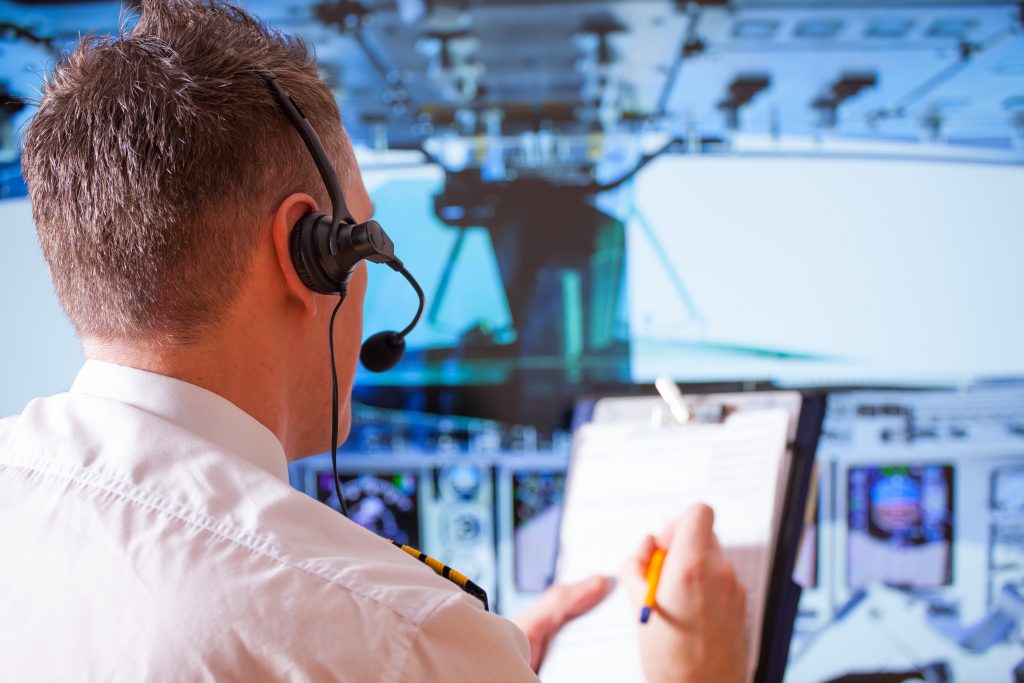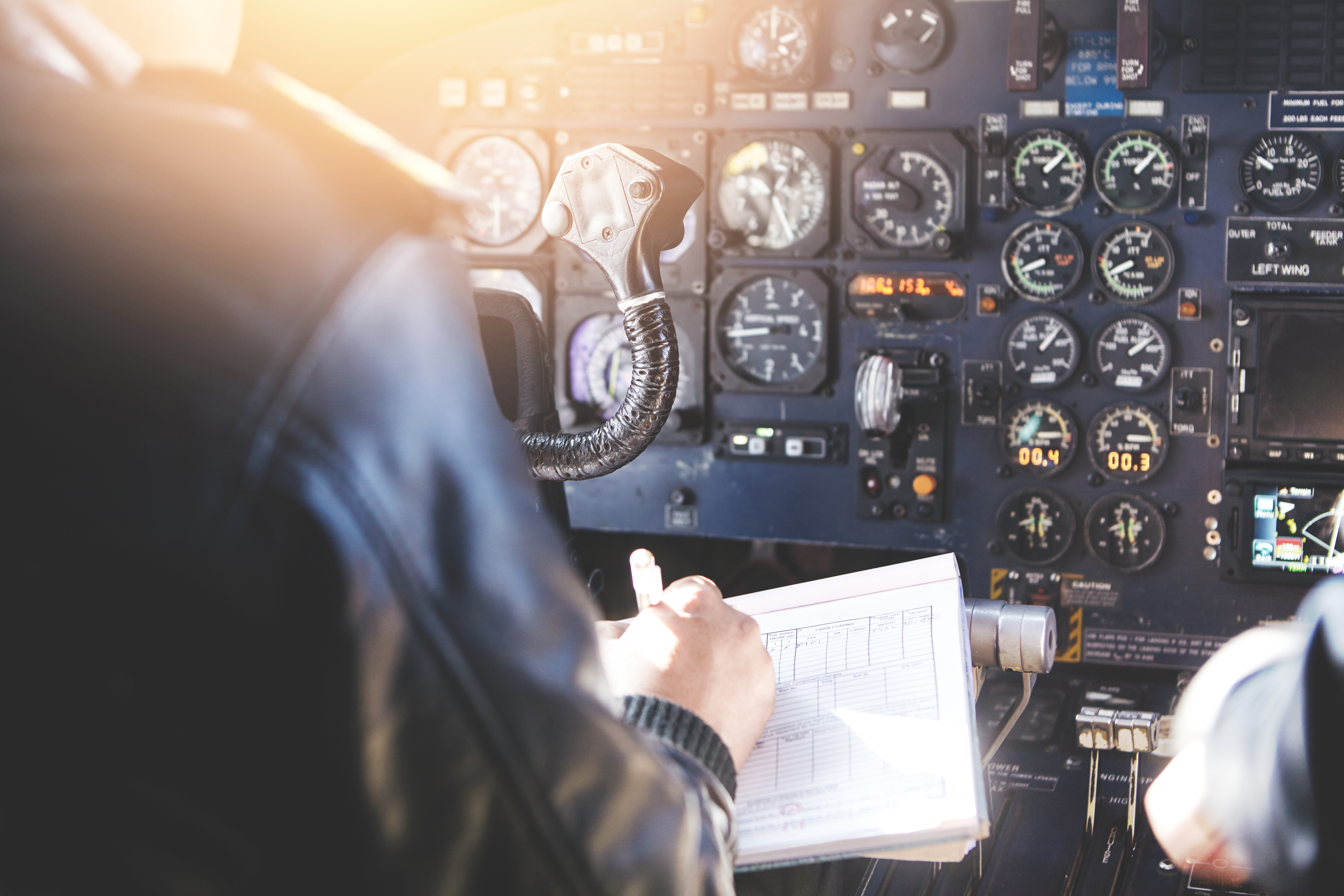What Is A Pilot – Really?!
Sitting in the cockpit, manipulating the stick, reading the gauges and bringing the plane in for a smooth landing. Cruising off the plane, wearing aviator shades (naturally) and heading to see the sites of the latest destination. It’s glamorous, it’s respected, it’s adventurous. We’re talking about the life of a pilot and, yes, it is all those things and so much more. This time on the AeroGuard blog we are answering a question: What is a pilot? It may seem simple on the surface but trust us, there is so much more to the career than simply flying.
What is a Pilot?
Pilot is an early 16th century word, denoting the person who steers a ship. It is built on a French word for a Latin term that is in turn based on the original Greek word meaning oar or rudder. With that kind of etymology, you know this profession is as old as Man has traveled the seas.
While not the ‘captain’ of a ship as we know it, the ancient pilot’s job then was specifically to navigate the ship through dangerous waters, intimately knowing the weather patterns and geography of the actual waterways being traveled. Pilots served critical safety functions of the ships.
The ship approaches the narrow port entrance, the seas churn and waves crash against the starboard bow. The pilot checks their charts, maps, and the sky. They know if the ship goes astray, even a few degrees, they will be dashed across the rocks. But the pilot has the power to bring this ship, all of its goods, all of its passengers into port safe. They bark out the orders to the sailors, everyone works in tandem and the ship slips through the shallows, to dock and offload goods while the passengers disembark. That massively profitable transfer of goods, the safe travel of people across the world is possible, only through the skilled hands and sharp mind of a pilot.
The Modern Pilot
The pilots of today, bear those same responsibilities and more. While the name is the same, the profession of aircraft pilot has expanded, as they not only possess the technical knowledge of weather systems, flight paths, and patterns, they also have the ability to control the aircraft directly.
A day in the life might look something close to this.
Meet the Crew
Before hitting the runway, every successful flight starts in a briefing room. The flight crew meets, sometimes for the first time and make introductions. It is important for the team to know and trust one another. They’ll go over all the paperwork for the flight together.
Paperwork & Preparation

This paperwork includes the plane’s history and maintenance reports. Together they learn more about the craft and the state it is in before flying, and any repairs that have had to be made prior to this. This information, and the knowledge to accurately interpret it, can give the pilot the leg up they need should something unusual happen at the gate or mid-flight. This gives the pilot and flight crew the ability to troubleshoot the problem much faster than going in blind.
Watch the Skies
Checking the weather is, of course, a crucial step in the pilots preflight. Viewing the weather, both low-altitude and high, for the airport, the flight plan, and for the destination, and taking account the season is necessary for the pilot to anticipate and plan the journey.
Reviewing the flight plan (the planned route and altitudes) is crucial to prepare for possible turbulence. A small shake of the plane can be terrifying when unexpected, when it is expected, and accounted for it makes for a smoother trip, even while the passengers buckle up. There are a plethora of different stats, numbers, and fluctuations that can impact the flight – a pilot is the cipher through which this data is analyzed and actioned.
The plane itself will be prepared by the crew, ensuring all the necessary equipment is included, the fuel reserves are substantial for any possible detours necessary mid-flight and more. The pilot will double check the cockpit upon entry, the security system, all aircraft systems, including backup and emergency, are all verified as functioning before take-off. With that, the plane is ready.
Lift Off
Once all of that has been tended to, the pilot can then fly. Knowing exactly what they are piloting, where they are going and every possible fluctuation between here and there, they are able to guide their vessel safe to port. The crew, passengers, and the cargo all safely delivered to their destination because of all those facts, experiences, and skills reside inside the mind of the pilot, without whom none of this would be possible.
Knowing now what is a pilot, do you find yourself craving it? The thought that, with proper training and effort you can analyze weather charts, flight plans, and ship details to pilot a behemoth of modern engineering through the sky. If so, you’re the right kind of candidate for AeroGuard’s flight training program. To find out more, contact one of our career advisors today. You could be flying in under a year!


